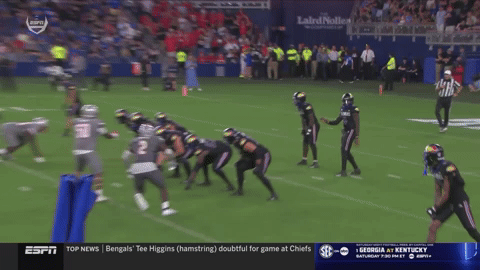
Tempers are flaring on a daily basis at the US Open. But why?
Entities mentioned:
- Jaume Munar: Justice, Professional pride, Self-respect
- Zizou Bergs: Self-preservation, Professional pride, Indignation
- Peyton Stearns: Self-respect, Professional pride, Duty
- Anna Kalinskaya: Respect, Professional pride, Indignation
- Taylor Townsend: Self-respect, Professional pride, Unity
- Jelena Ostapenko: Moral outrage, Pride, Self-respect
- Stefanos Tsitsipas: Indignation, Professional pride, Justice
- Daniil Medvedev: Moral outrage, Professional pride, Indignation
- Jessica Pegula: Professional pride, Duty, Wariness
- Coco Gauff: Professional pride, Duty, Wariness
- Naomi Osaka: Professional pride, Self-respect, Wariness
Article Assessment:
Credibility Score: 75/100
Bias Rating: 50/100 (Center)
Sentiment Score: 35/100
Authoritarianism Risk: 20/100 (Strongly Democratic)
Bias Analysis:
The article presents a balanced view, including perspectives from multiple players and describing incidents involving various nationalities. It doesn't appear to favor any particular side in the conflicts, maintaining a neutral stance.
Key metric: Social Cohesion
As a social scientist, I analyze that this article highlights a growing tension and lack of sportsmanship at the US Open tennis tournament, potentially impacting social cohesion within the sport. The repeated incidents of confrontations between players over perceived disrespect or unsportsmanlike conduct suggest a breakdown in the traditional etiquette of tennis. This trend could have broader implications for the sport's culture and public perception. The players' explanations, citing factors such as the intense New York atmosphere, end-of-season pressure, and heightened emotions, provide insight into the complex interplay of environmental and psychological factors affecting athlete behavior. This situation may require tennis governing bodies to reassess and potentially strengthen guidelines around player conduct and conflict resolution to maintain the sport's integrity and positive public image.

Mike Pereira Explains How College Football Will Punish Faking Injuries This Season
Entities mentioned:
- NCAA: Justice, Control, Professional pride
- College Football Teams: Competitive spirit, Self-preservation, Ambition
- Mike Pereira: Professional pride, Justice, Enthusiasm
Article Assessment:
Credibility Score: 75/100
Bias Rating: 45/100 (Center)
Sentiment Score: 65/100
Authoritarianism Risk: 35/100 (Generally Democratic)
Bias Analysis:
The article presents a balanced view of the new rule, explaining its rationale and potential impact. While the author expresses personal approval, they also consider potential drawbacks, maintaining a relatively neutral stance.
Key metric: Integrity in College Sports
As a social scientist, I analyze that this new NCAA rule addressing fake injuries in college football represents a significant step towards maintaining competitive integrity in the sport. The policy aims to discourage teams from exploiting a loophole that allowed them to slow down fast-paced offenses unfairly. By implementing penalties for suspected fake injuries, the NCAA is attempting to level the playing field and ensure that the game is played in its intended spirit. This change may lead to a more authentic and faster-paced game, potentially increasing fan engagement and preserving the sport's credibility. However, it also introduces new challenges for officials in distinguishing between genuine and feigned injuries, which could lead to controversy and debate in its implementation.